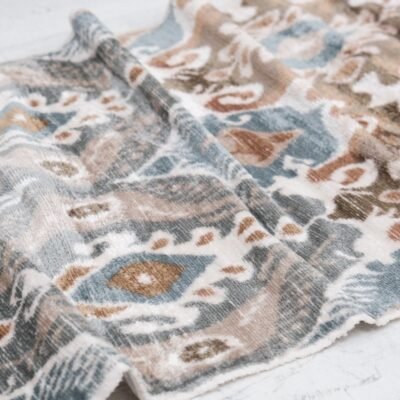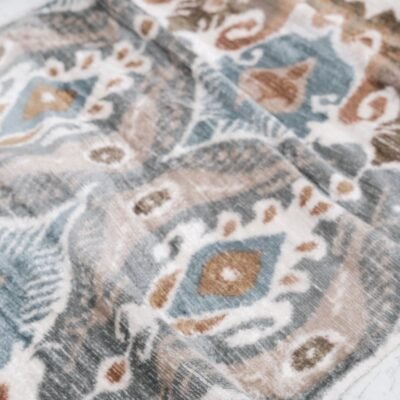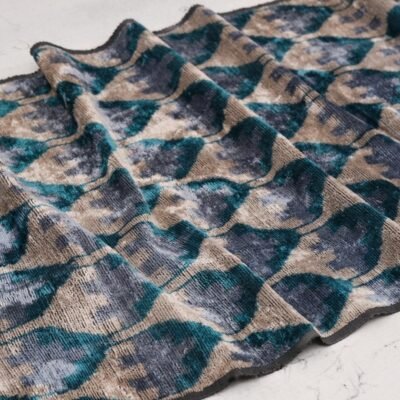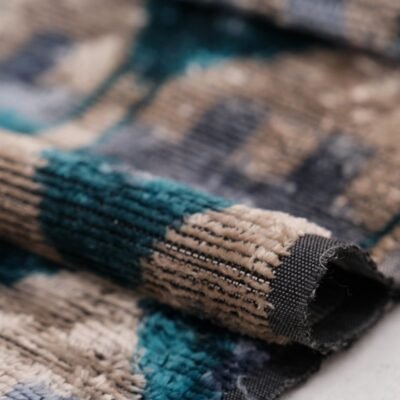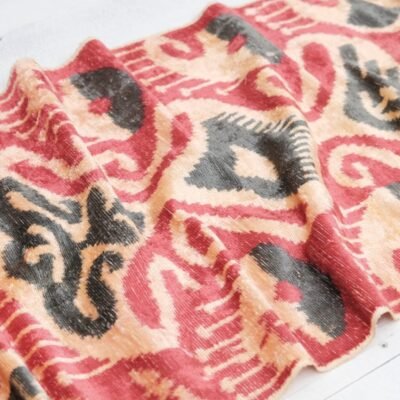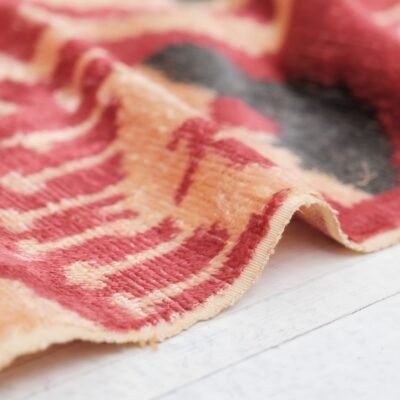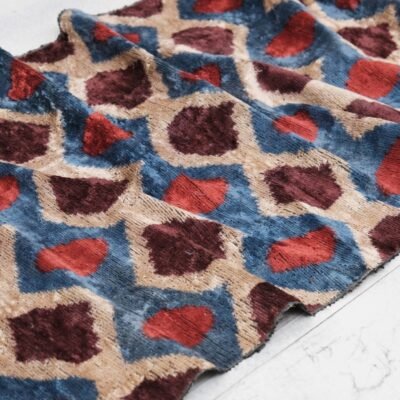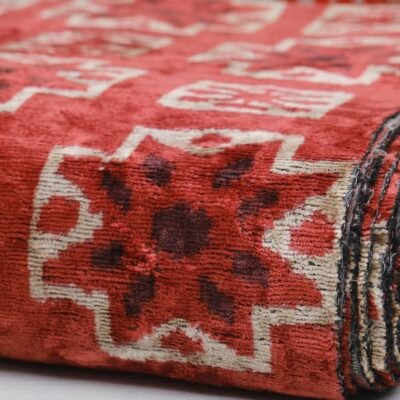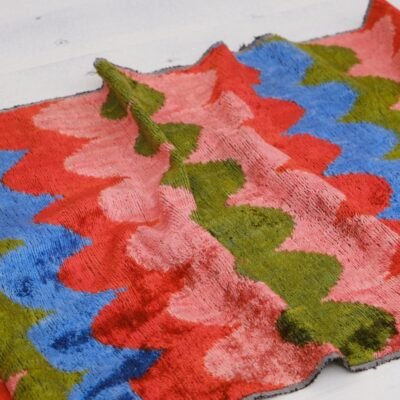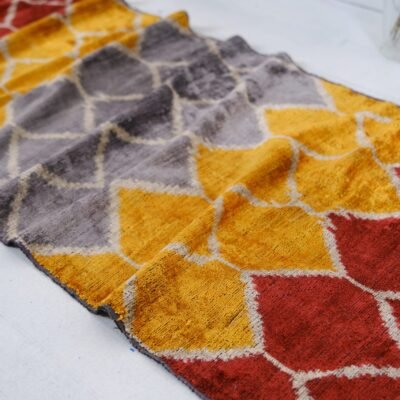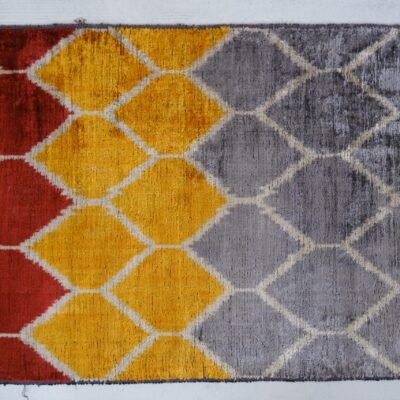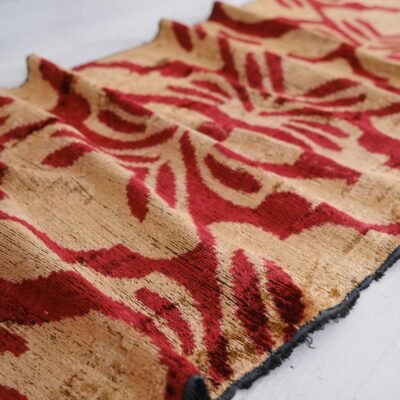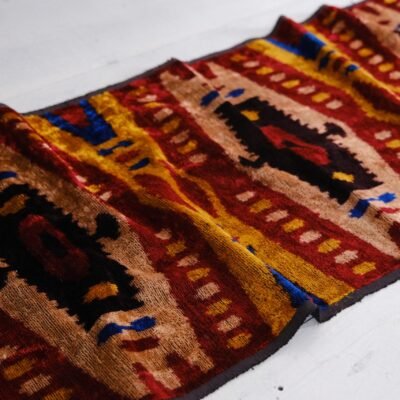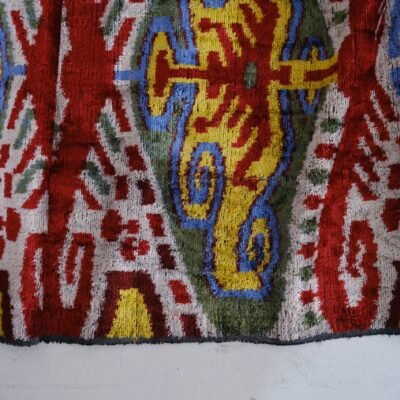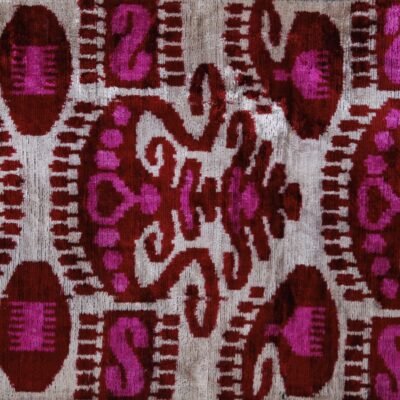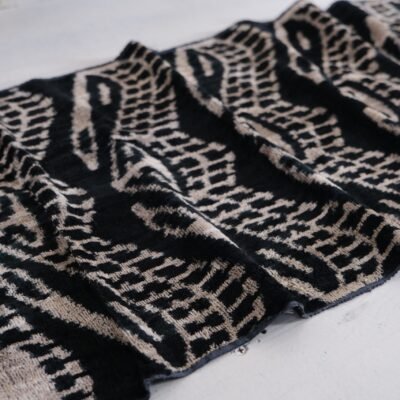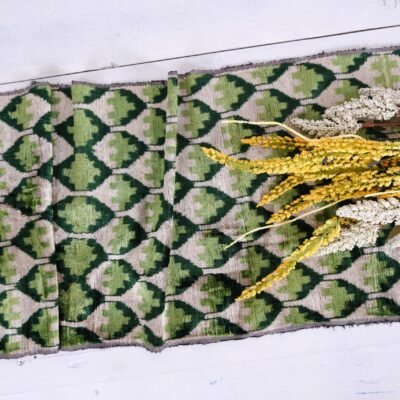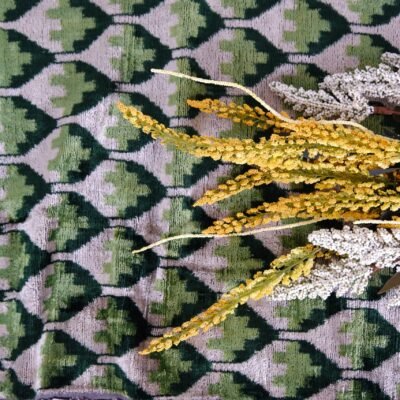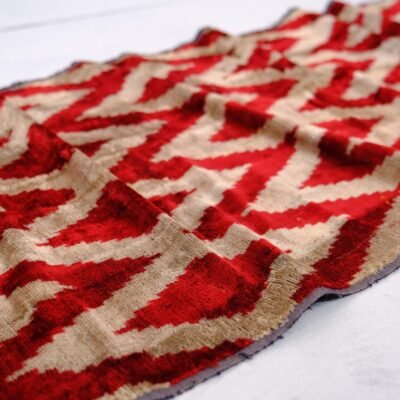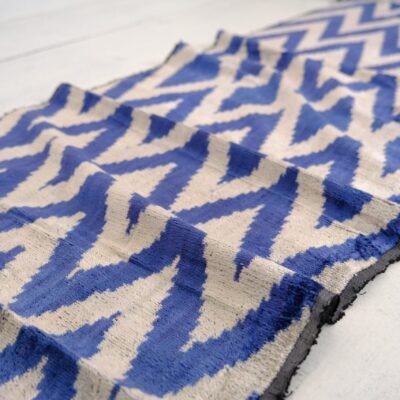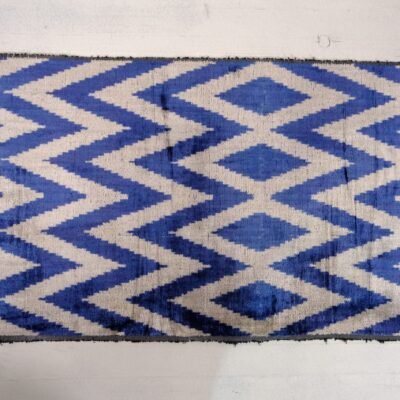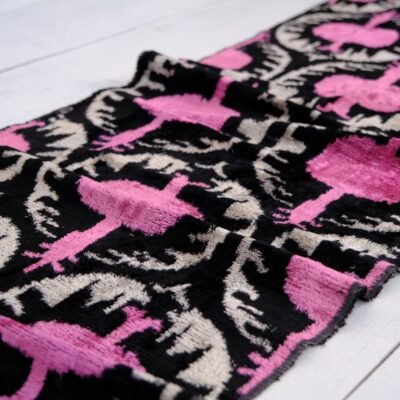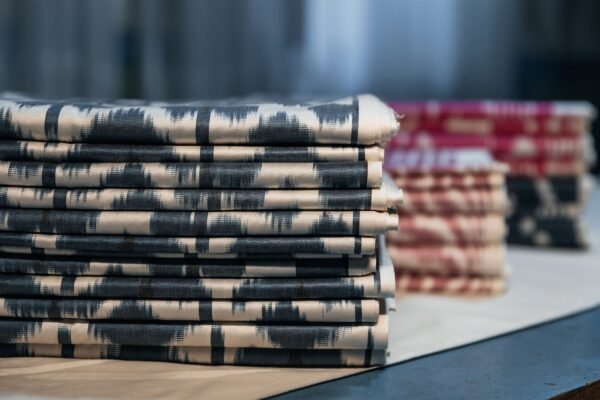The Significance of Margilan Ikats in Uzbek Culture
Margilan ikats hold great cultural significance in Uzbekistan, particularly in the realm of traditional clothing. The most famous silk produced in Uzbekistan is called Khan-atlas, a type of Margilan ikat fabric that has become emblematic of the country's heritage. Khan-atlas is used to create striped "bekasabs" for men's clothing and "khan-atlas" for women. These garments not only showcase the ornamental wealth of Uzbekistan but also reflect the character and traditions of the Uzbek people.
The Manufacturing Secrets and Generational Knowledge
The production of Margilan ikats involves closely guarded manufacturing secrets that have been passed down through generations. These techniques were honed and perfected over time, resulting in the intricate and beautiful fabrics we see today. Despite the challenges posed by modernization and the Soviet era, Margilan ikat weavers have managed to preserve their craft and continue producing textiles of exceptional quality.
Margilan Ikats in Contemporary Fashion
Margilan ikat is a type of fabric that is gaining popularity in modern fashion. It is a hand-woven fabric that is made using a resist dye process, where the warp yarns are bound and dyed by hand before being woven with the weft yarns. The Margilan ikats are typically produced by small, family-owned workshops, which jealously guard their techniques and patterns. Here are some examples of how Margilan ikat is used in modern fashion:
- Clothing: Ikat is used in clothing and accessories, and it has become a fashion trend for clothing and interior design. For example, in 2005, the founder of the Oscar de la Renta fashion house brought ikat to the podium, and other leading fashion houses immediately applied the stunning find to their collections. In Spring 2022, fashion house Ralph Lauren presented a new spring collection made of ikat, inspired by the ancient traditions of weavers in Tajikistan and Uzbekistan.
- Accessories: Fabrics made in the technique of ikat are perfect for tailoring and finishing accessories. Fashion designers use ikat textiles for jackets, scarves, bags, and modern dress fabric.
- Interior design: Ikat is not only used in clothing but also in interior design. It can be found on dishes, wallpaper, lamps, tablecloths, and furniture upholstery. Besides fabric for clothing, ikat textiles are used by interior designers for wallpaper, lampshade covers, wall hanging tapestries, duvets, and pillows.
Conclusion
In conclusion, Margilan ikats are not just fabrics; they are a testament to the rich history, craftsmanship, and cultural heritage of Uzbekistan. These hand-woven textiles, with their vibrant patterns and intricate designs, have captivated people around the world. Whether used in traditional clothing, contemporary fashion, or home decor, Margilan ikats continue to leave a lasting impression with their beauty and artistry. By embracing and celebrating Margilan ikats, we honor the generations of skilled artisans who have dedicated their lives to preserving this remarkable tradition.

